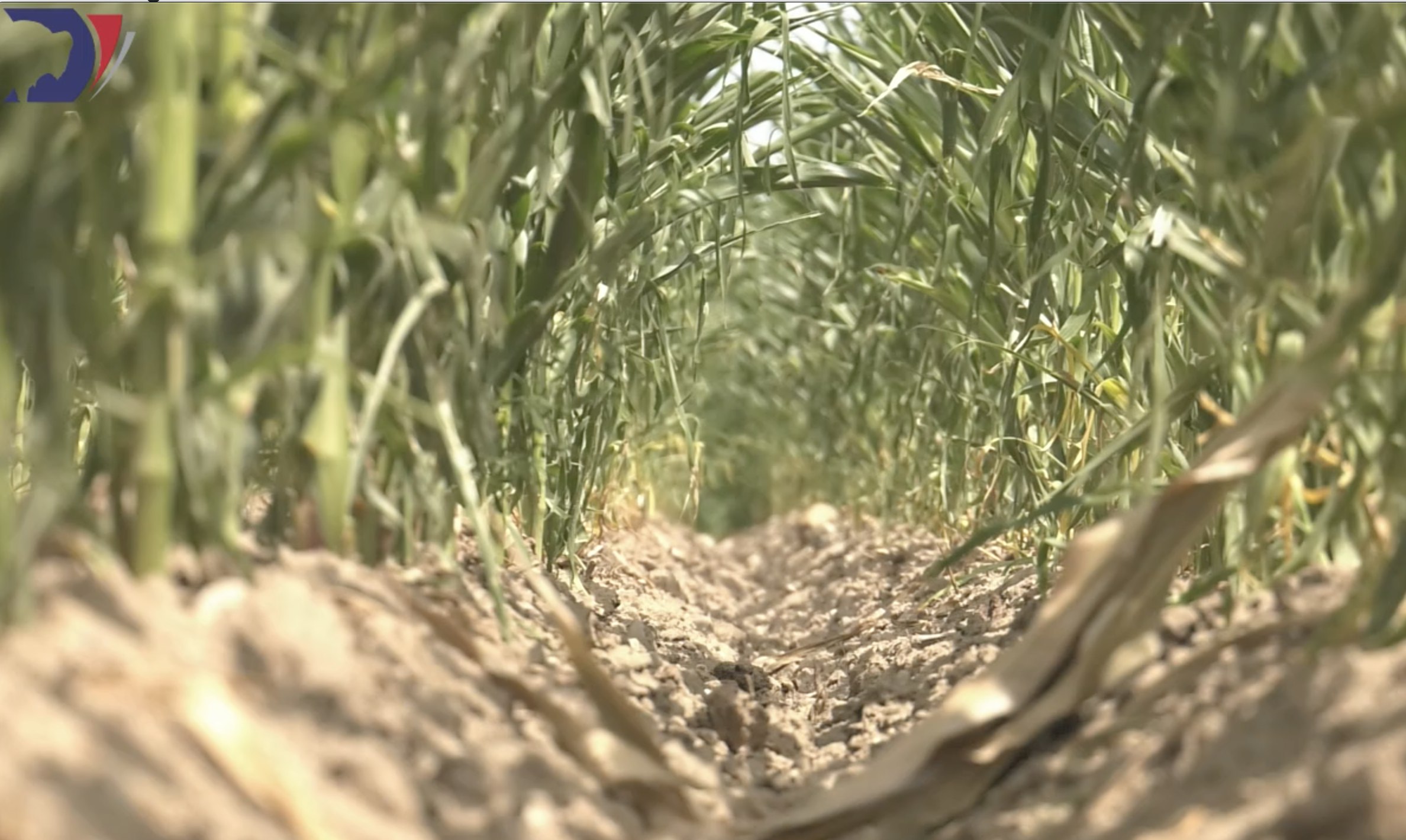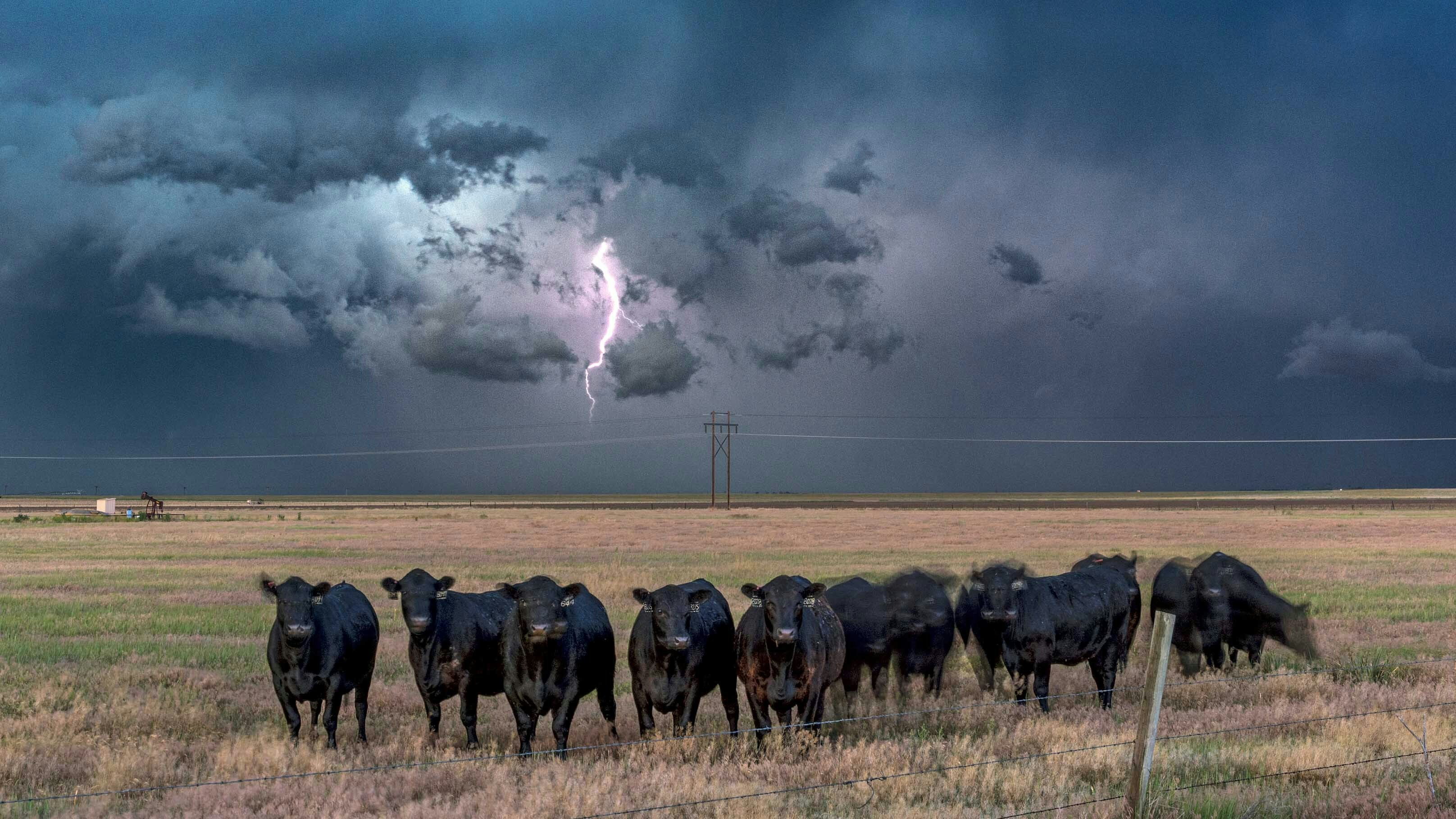Crews continue repairs on an irrigation tunnel collapse as Goshen County residents prepare for a potential hit to their economy, which could be lessened by crop insurance payouts.
The U.S. Department of Agriculture said in a news release its Risk Management Agency concluded the July 17 collapse of the Gering-Fort Laramie Canal tunnel was weather-related and as a result was an insurable cause of loss.
“The (Risk Management Agency) will reinsure, in accordance with the terms and conditions of the Standard Reinsurance Agreement, production and prevented planting losses if the approved insurance providers pay the full amount of the claims to producers in accordance with the provisions of their 2019 crop policies,” the news release states.
The news release said the area received up to twice its normal rainfall in the 30 days leading up to the collapse.
Prior to the announcement, Torrington’s economic forecast looked dire.
“We’re used to tightening our belts — the people are resilient,” Adams said. “We’re hopeful, and we’re going to get through it.”
The mayor’s comments come on the heels of an economic analysis report produced jointly by the Nebraska Extension and University of Wyoming Extension. Created prior to the USDA’s decision, the report assumes a total loss of crops, no insurance payout and estimates the collapsed Gering-Fort Laramie Canal could cost both states about $90 million combined.
Economic analysis report co-author Brian Lee said Goshen’s share of the loss could be about $24.5 million with another $1 million in spillover losses between Goshen County and Scotts Bluff County, Nebraska.
“The model assumes a total loss if you were going to take corn all the way to grain,” Lee explained.
Alternatively, some Goshen corn farmers, who mostly grow to feed livestock, could chop the corn early for silage, reducing losses, he said.
Alfalfa and corn raised for grain make up more than 60,000 acres of the more than 107,000 acres in the affected area. Whereas corn on the Nebraska side accounts for about 24,000 acres and alfalfa accounts for about 11,000, in Goshen County, the two are flipped with alfalfa consisting of about 25,000 acres and corn accounting for about 12,000 acres, the report states. Goshen County’s next largest crop in the affected area is “other hay” at about 8,000 acres, followed by edible beans at more than 4,000 acres.
Much of the farming data for 2019 is not yet available, so Lee said the team working on the report made several assumptions.
“The biggest challenge was tracking down what data we thought were correct,” Lee said. “We had to go back to previous years and assume previous cropping patterns were similar to what was planted this year.”
Because of fluctuating market prices, cropping patterns can vary year to year.
“Most of the crops grown in Goshen county along that canal are grown for use on the farm,” Lee said. “We were comfortable making the assumption that the cropping wouldn’t be very different from previous years.”
Scotts Bluff County, Nebraska, however, has more non-feed crops, like dry beans and sugar beets.
“Sugar beets are often on contract, so roughly, the same amount of acreage is going to be grown (each year) to meet those contract shares,” Lee explained. “We also assumed dry bean producers would have the same equipment this year and produce dry beans again.”
Adams said the impact could be far greater than $90 million during the next few years.
“We know that revenue turns over about 7 times in a community … so it could be about $250 million spendable revenue in the county,” he said. “Down the road in two to three years, we’re going to have a sales tax impact in Torrington and all the little municipalities in Goshen County.”
It’s been a rough year for Torrington, Adams added. Western Sugar Co-op closed in March, removing about 90 part-time positions and 200 full-time jobs, he said.
“The area’s main retail store, Shopko, closed a few months ago,” Adams said. “This community has taken some hits.”
The latest being the irrigation canal, which collapsed July 17 about one mile south of Fort Laramie. The canal facilitates the irrigation of about 52,000 acres of farmland in Wyoming and another 55,000 acres in Nebraska. Without water, nearly all the crops could be lost, according to a report by the University of Nebraska Lincoln Panhandle Research and Extension Center.
Laying out the potential weekly impact of lost irrigation, the report lists corn as a 100 percent loss, dry edible beans as a greater than 90 percent loss and sugar beets as a 50-60 percent loss after Aug. 13, the last predicted date provided.
Rainfall, however, could reduce the losses, the report states.
In Cheyenne, National Weather Service Meteorologist Rob Cox said the agency recorded 2.2 inches of rainfall during July in Goshen County, which is about one-half inch above normal. But August’s current rainfall is less than one-half inch, about one-half inch below normal, he said.At the canal breach, Goshen Irrigation District Manager Rob Posten said the tunnel crew was making progress.
“They are past the first cave-in, which was the small one,” Posten said. “They are into the second cave-in now, and I’ve not heard of any other cave-ins, but we’ll just have to wait and see.”
Excavation crews above the tunnel are nearly complete, but he said he does not have a timeline for potentially reopening the canal.
“I’m still hoping for this season,” Posten said. “But there’s so many unknowns in tunnels that it’s nearly impossible, I’m learning, to predict completion.”





